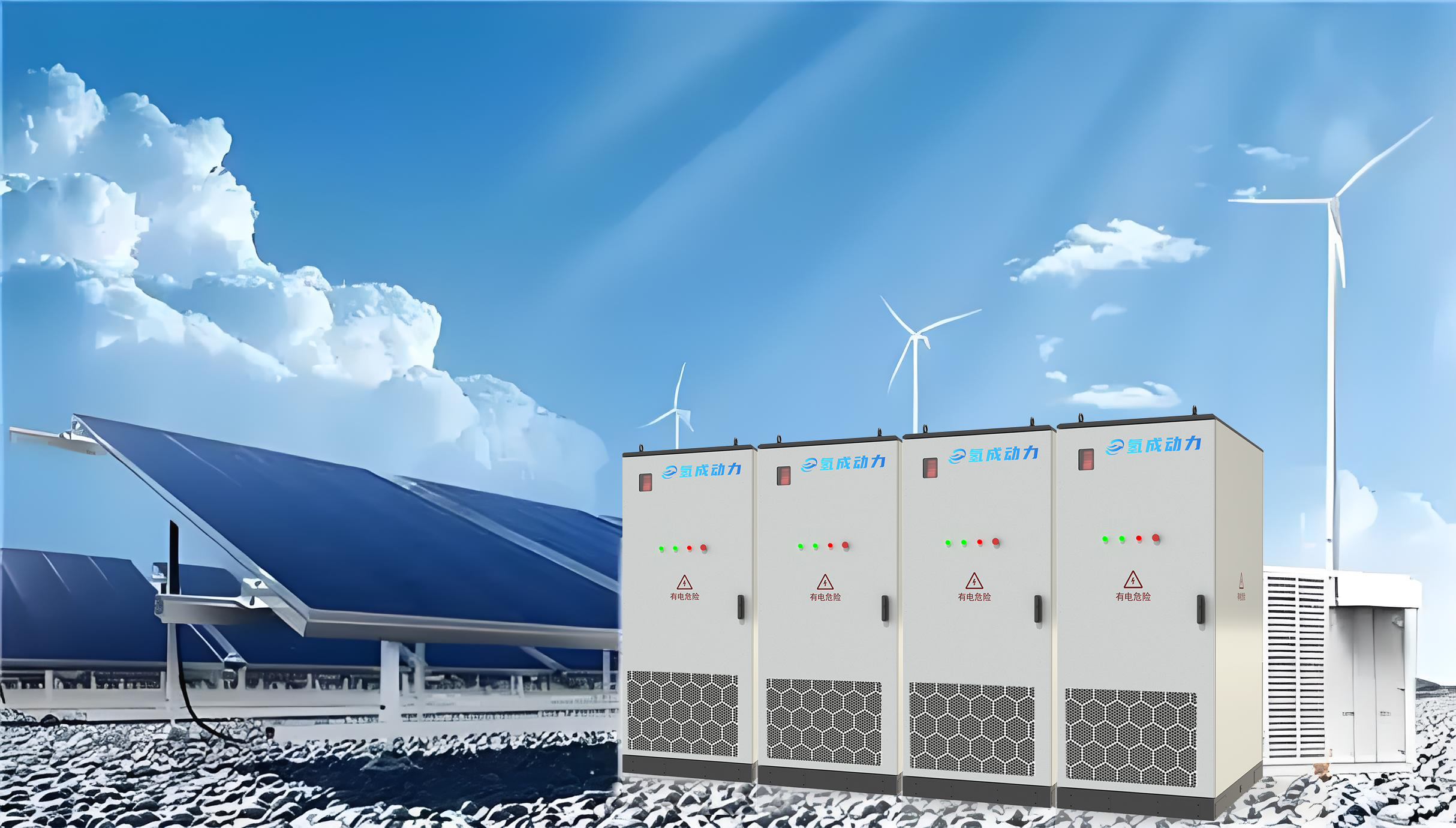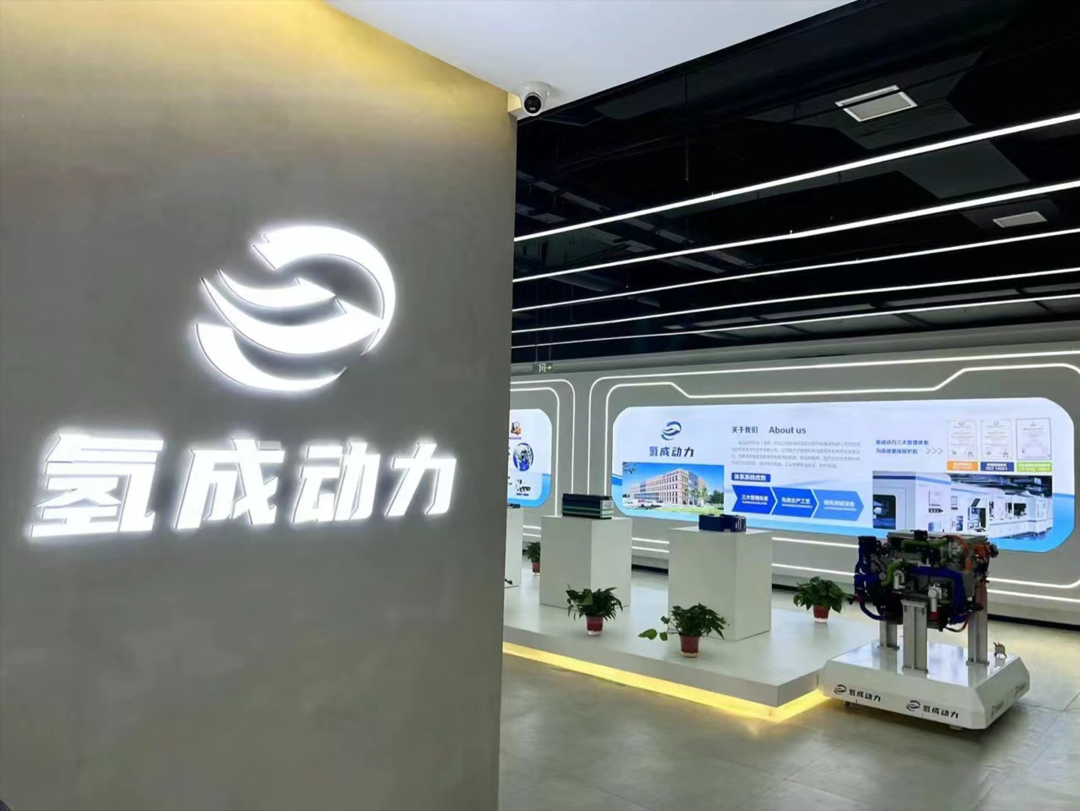Energy Storage News: Industry Hot Topics Tracking!
Release time:
2025-03-18
Source:
 National Policies and News
National Policies and News
On March 11th, the National Energy Administration issued a notice on the '2025 Energy Industry Standard Plan Project Guidance', with key areas including new energy storage and hydrogen energy. New energy storage categories include electrochemical energy storage and compressed air energy storage, among others.

For those charged by capacity Price, the newly added capacity electricity charges are determined by the newly added capacity of the dedicated transformer for new energy storage equipment; for those charged by demand Price, the newly added demand electricity charges are determined by the charging load of the new energy storage equipment at the moment corresponding to the maximum demand of the user in the current month. If the charging load data of the new energy storage equipment at the corresponding moment is missing, it will be determined by the average value of the load at the adjacent moments before and after.
Green Electricity Trading ModeRequires real-time monitoring of power data, automatic control of active and reactive power, prediction of power and load data, market clearing, and receiving and decomposing and issuing dispatch instructions.
Disclaimer: We respect originality and value sharing. Pictures and texts are from the Internet. The copyright belongs to the original author. If there are any problems with the content/copyright of the work, please Contact Us to delete it.

Key words:
Previous Page:
Recommended News
Contact
Address: Chanhe Innovation Technology Park, No. 2 Zhenxing Road, Chanhe Hui District, Luoyang City, Henan Province
Tel:0379-63869669
Mailbox:info@hydromobility.cn
Scan

Copyright©2023 Qingcheng Power Technology(Luoyang) Co.,Ltd. This website supports ipv6
Copyright©2023 Qingcheng Power Technology(Luoyang) Co.,Ltd.
This website supports ipv6






